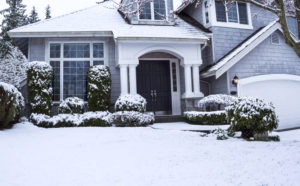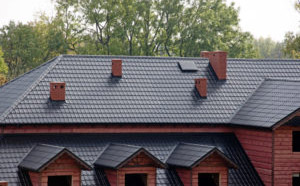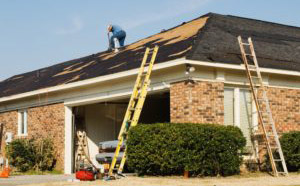
BEFORE YOU HIRE: WHAT QUESTIONS TO ASK A ROOFER BEFORE YOU HIRE
January 22, 2020
Winter weather has arrived, and you may have noticed you have some roofing problems. You may have missing shingles or leaks may have appeared in your attic. Now you may be asking yourself “can you replace a roof in the winter.” The answer to that question is yes, but there are certain steps that must be taken when replacing a roof during cold weather.
Best Temperature for Roof Installation
Asphalt shingles should be installed at temperatures between 40 and 85 degrees Fahrenheit. In the northeast, it is not unusual to have winter days with temperatures above 40 degrees, but there are also periods of long cold snaps as well. When asphalt shingles are hammered at temperatures below 40 degrees, they can crack, even if they are of high quality. When it comes to pricing, however, you may find that roofing contractors offer lower prices, but there may be a delay in installation since the contractor will need to wait until the temperature will remain above 40 for a few days.
Issues with Adhesive
Another problem your roofing contractor could face in winter is that self-adhesive shingles may not stick properly below 40 degrees. If your contractor will be using self-adhesive shingles, the answer to the question “can you replace a roof in the winter” will be “as soon as the temperature will remain above 40 degrees.” Sealing strips on self-adhesive shingles attach better in the spring and summer, but they can be installed in the winter during warmer days. Even if you choose a different type of roof covering, you may need to wait for the weather to warm up. Fiberglass shingles can fracture in the winter and cedar shakes may break if temperatures are close to freezing.
Winter Roof Replacement Guidelines
There are a few other guidelines for installing a roof in winter. These include:
- Store shingles in a garage or warehouse to keep them warm before installation.
- Consider hand-sealing shingles to insure that the shingles bond properly.
- Use care at the rakes and eaves as these are the most common areas where shingles may be damaged in cold weather.
In addition to asking “can you replace a roof in the winter,” you also need to perform regular maintenance on your roof, especially in cold weather. Avoid walking on shingles when the weather is cold. Inspect your shingles often and reseal any that appear to be peeling away from the roof. Clear ice and snow from your roof whenever possible to avoid damage. Keep debris out of gutters to avoid ice dams that could cause additional damage. For more information, contact Tri-County Exteriors by giving us a call or filling out the easy form online.


